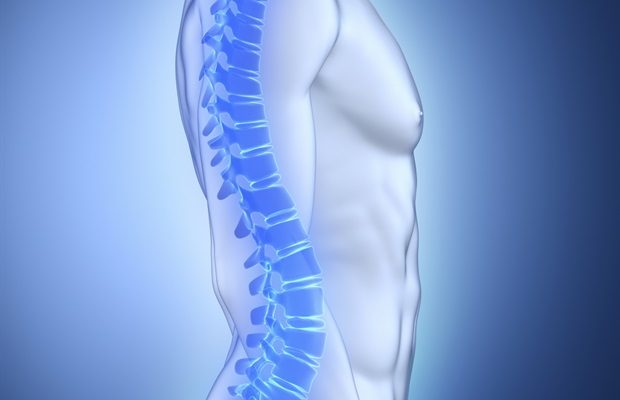Reviewers’ Notes

Hmga1 protein could be an important therapeutic target for osteoporosis
New research published in The FASEB Journal indicates that increasing the expression of a particular gene may help to prevent bone loss associated with postmenopausal osteoporosis.
For the study, investigators examined which genes are involved in turning precursor cells called bone marrow–derived mesenchymal stem cells (BMSCs) into cells that play a crucial role in bone formation. The screen identified a gene that encodes high mobility group AT-hook 1 (Hmga1), a protein that controls the expression of a variety of other genes.
In experiments conducted in rats, expression of Hmga1 increased during bone formation but decreased when rats' ovaries were removed (mimicking menopause). Treating ovariectomized rats with extra Hmga1 partially reversed bone loss in the animals.
Our study demonstrated that Hmga1 prevents bone loss by promoting the osteogenic differentiation of BMSCs in osteoporosis rats, suggesting that Hmga1 could be an important therapeutic target for osteoporosis."
Yihe Hu, PhD, corresponding author, Zhejiang University, in China
Wiley
Wu, Z., et al. (2023) Hmga1-overexpressing lentivirus protects against osteoporosis by activating the Wnt/β-catenin pathway in the osteogenic differentiation of BMSCs. The FASEB Journal. doi.org/10.1096/fj.202300488R.
Posted in: Medical Science News | Medical Research News | Medical Condition News
Tags: Bone, Bone Marrow, Cell, Gene, Genes, Lentivirus, Menopause, Mesenchymal Stem Cells, Osteoporosis, Ovaries, Protein, Research, Stem Cells